The popularity and quality of horror TV shows have fluctuated over the years, with some of the creepiest and most well-received airing from approximately the 1930s to the 1980s. Shows from this time are considered classics, and many have influenced legendary horror creatives that fans of the genre celebrate today. A large number of the classic shows from this time are anthology horror series. The anthology format allows for just the right amount of time for a spooky tale to develop and effectively frighten audiences.
Still, horror series from this time weren't strictly focused on telling stories involving serial killers, supernatural forces, or classic monsters. Several of the creepiest horror shows also experiment with sci-fi and fantasy stories as well. From the timeless and vastly influential series like The Twilight Zone to underrated or lost series like The Television Ghost, the best horror shows from back in the day succeeded in creeping audiences out.
10 The Television Ghost (1931-1933)
One Of The First Of Its Kind And Is Now Lost Media
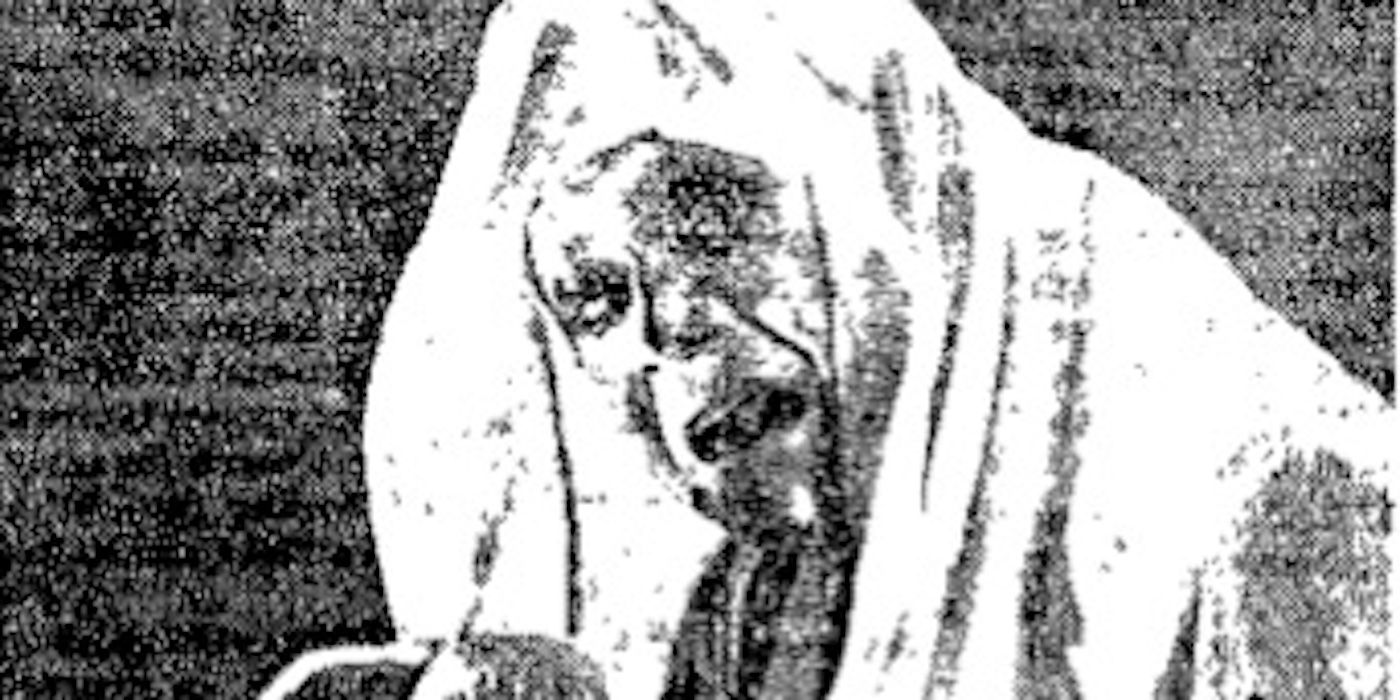
The Television Ghost is considered one of the earliest drama horror series. In addition to airing on the TV station W2XAB, the series was also broadcast on the radio. However, unlike the other classic horror TV shows mentioned, The Television Ghost is not one that audiences today can find and watch for the first time. Airing in the early '30s, the anthology series was never preserved and is now considered a lost TV broadcast, with minimal documents of the show remaining.
The 15-minute episodes of the show saw the ghosts of murder victims share with audiences the details of their murder. Though The Television Ghost doesn't sound as frightening as other horror series, it was likely highly spooky at the time. The ghostly figure in the show was played by George Kelting, who donned a white sheet and white face paint to transform into how audiences commonly viewed the haunting figures.
9 Quinn Martin's Tales Of The Unexpected (1977)
A Slightly Dated, But Consistently Creepy Anthology Series
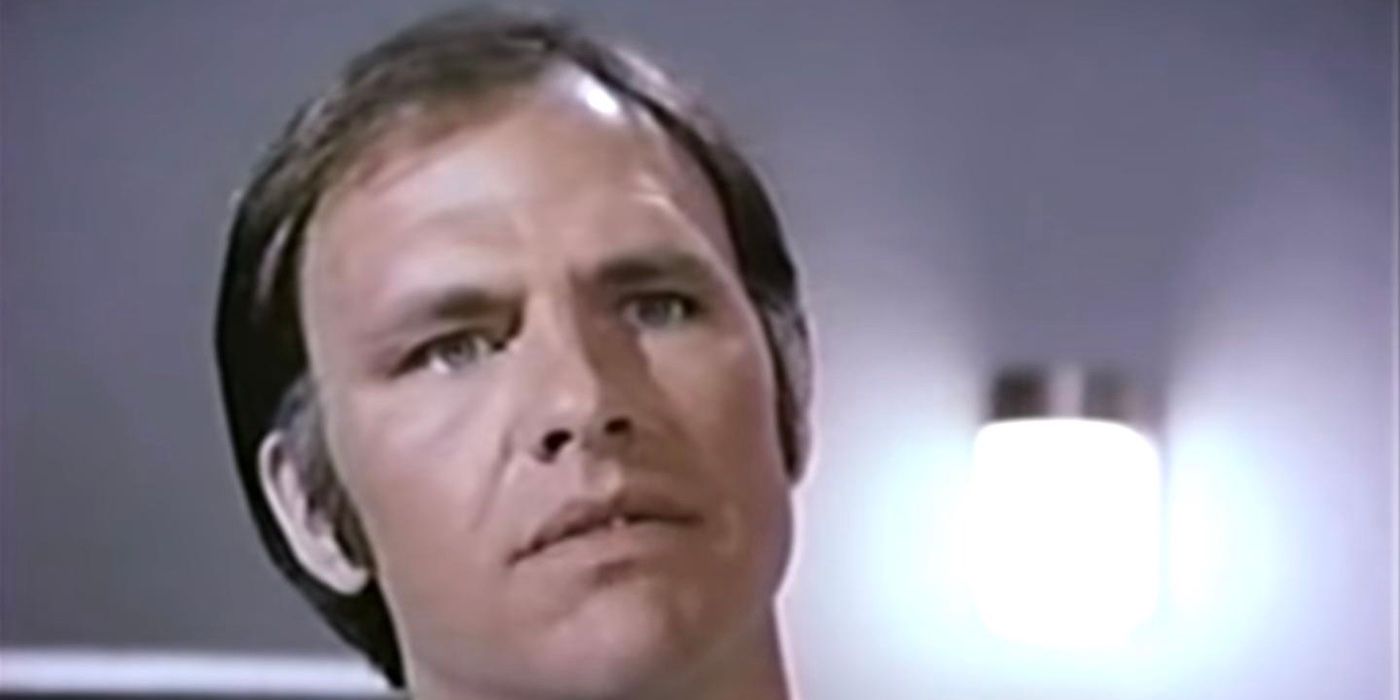
Watching Quinn Martin's Tales of the Unexpected today, audiences won't see any stories or plot twists that haven't come up in hundreds of horror films and TV shows before. Still, the horror and sci-fi series explored some creepy plots and received a stamp of approval from the crowned "King of Horror" himself, Stephen King. Quinn Martin's Tales of the Unexpected, narrated and hosted by William Conrad, has episodes that explore human nature, focusing on psychological and occult stories.
The series is likely most remembered for its use of plot twists at the end of the episode, which successfully keeps audiences on their toes. The quick change of events in each episode reminded audiences to never get too comfortable or confident when watching the show, as unexpected twists are always right around the corner.
8 Darkroom (1981-1982)
A Short-Lived, But Effectively Chilling Anthology Series
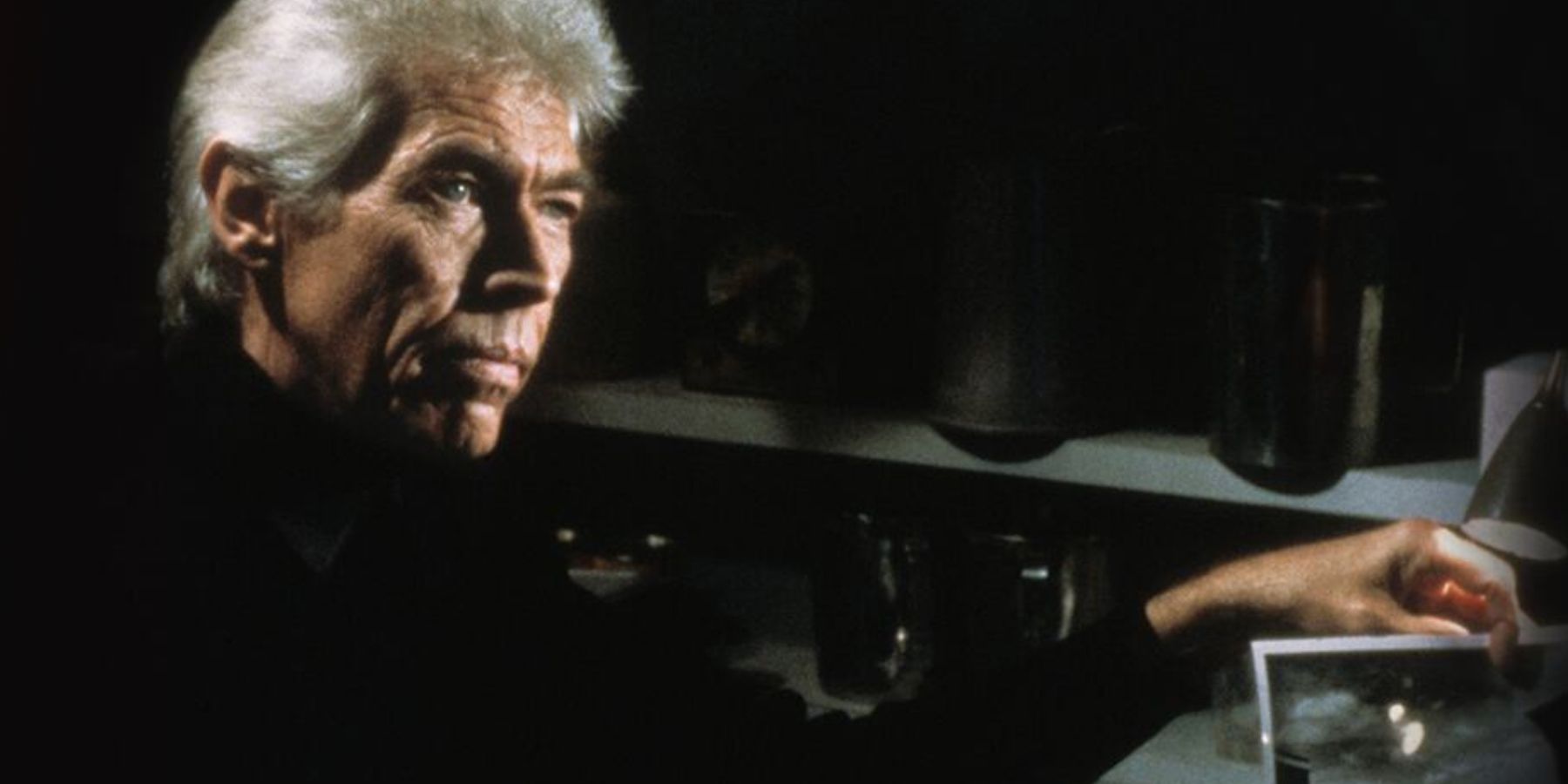
Swapping out an art gallery with a crawlspace darkroom, the '80s anthology series Darkroom has a lot in common with Night Gallery. James Coburn hosted the TV show which told two or more stories within its 60-minute episodes. The show only lasted for seven episodes but featured a handful of recognizable faces in its cast, including Billy Crystal, Helen Hunt, June Lockhart, and David Carradine. Darkroom isn't as overtly terrifying as other classic horror TV shows, but it's frequently chilling.
The eerie atmosphere is first established in Darkroom's opening. Tracking through the hallways of a home, the camera leads to the titular space, as Coburn is narrating the entire time. Coburn sets the spooky scene, talking straight to audiences with phrases like, "You run, but there's no escape," and "You feel it. Something evil."
7 Hammer House Of Horror (1980)
Satisfies More Viewers By Covering A Range Of Horror Topics
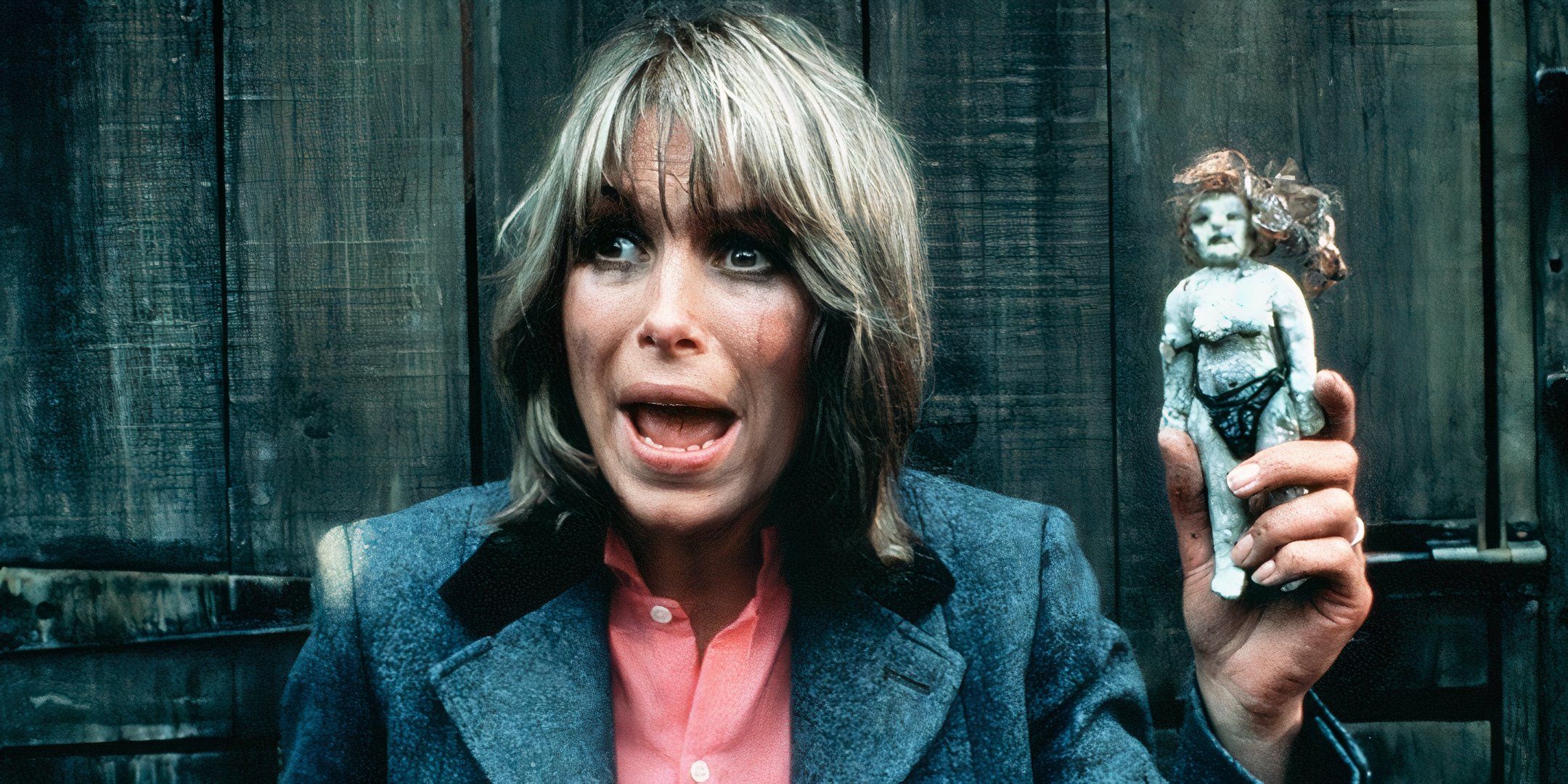
Created by Hammer Film Productions, Hammer House of Horror is an anthology series that covers a variety of horrifying figures. Episodes of the series are centered around the usual creatures associated with the genre, including witches, werewolves, and ghosts. However, other episodes follow characters who are serial killers and those who participate in cannibalism. Every type of horror fan is guaranteed to find something they enjoy in Hammer House of Horror's 13 episodes.
Hammer House of Horror doesn't have as many big names attached to it as other classic horror TV shows do, but Brian Cox and Pierce Brosnan are among the more widely recognizable actors featured in different episodes. While nearly every episode of the horror anthology series is creepy, one episode in particular, "The House That Bled to Death," is remembered most for an unsettling scene at a children's birthday party.
6 Thriller (1960-1962)
Horror And Thriller Stories Combine For A Hair-Raising Series
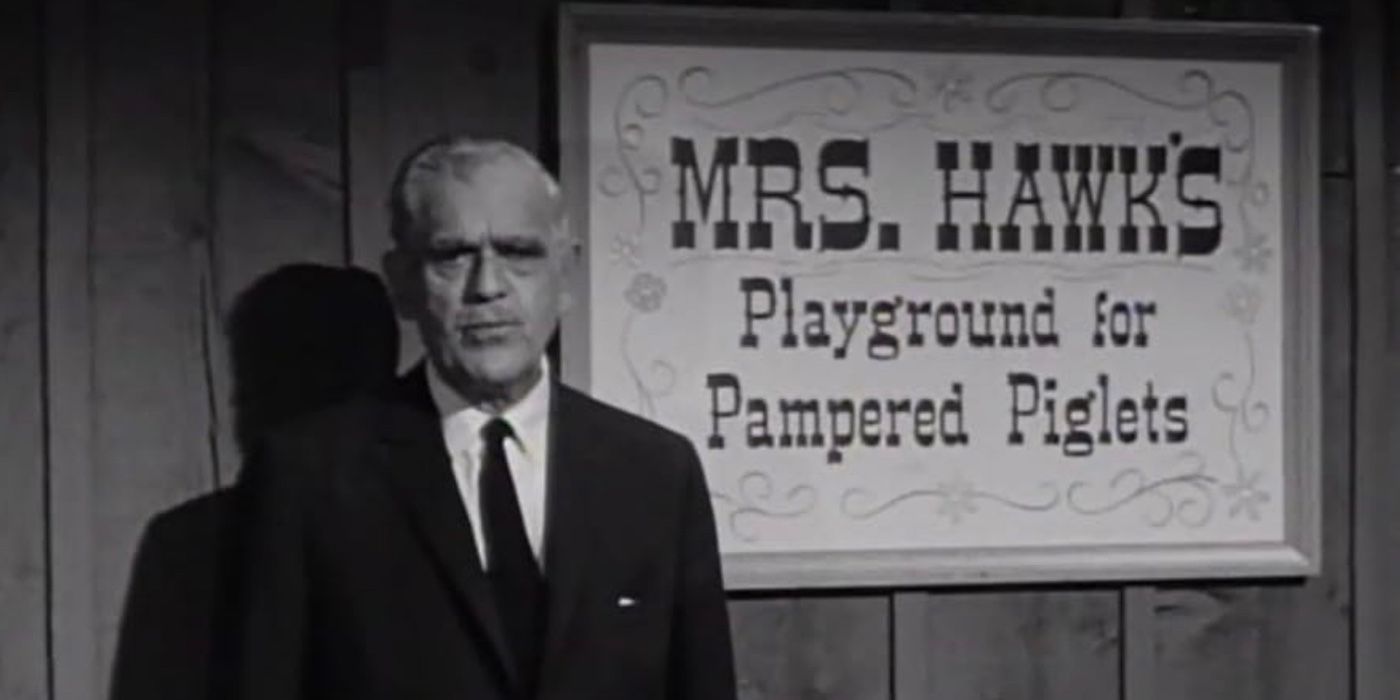
Boris Karloff, known best for portraying Frankenstein's monster, acted as the host of Thriller. As its title suggests, a majority of the anthology series' stories were suspenseful thrillers, but a handful of macabre horror stories were added to the mixture as well. Like Rod Serling in Night Gallery, Karloff contributed to the series beyond his hosting duties, starring in five different episodes. Other actors that appeared throughout the TV show include, William Shatner, Bruce Dern, and Mary Tyler Moore.
The premiere of Alfred Hitchcock Presents set Thriller on the path of cancelation, but the series remains one of the better horror shows from the early '60s. Thriller's spine-chilling atmosphere is established by a powerful score by Jerry Goldsmith and Morton Stevens. The absence of cheap thrills and excessive violence also creates a creepiness that all audiences can get behind and be genuinely scared by.
5 Lights Out (1949-1952)
An Innovative TV Show Adaptation Of A Radio Series
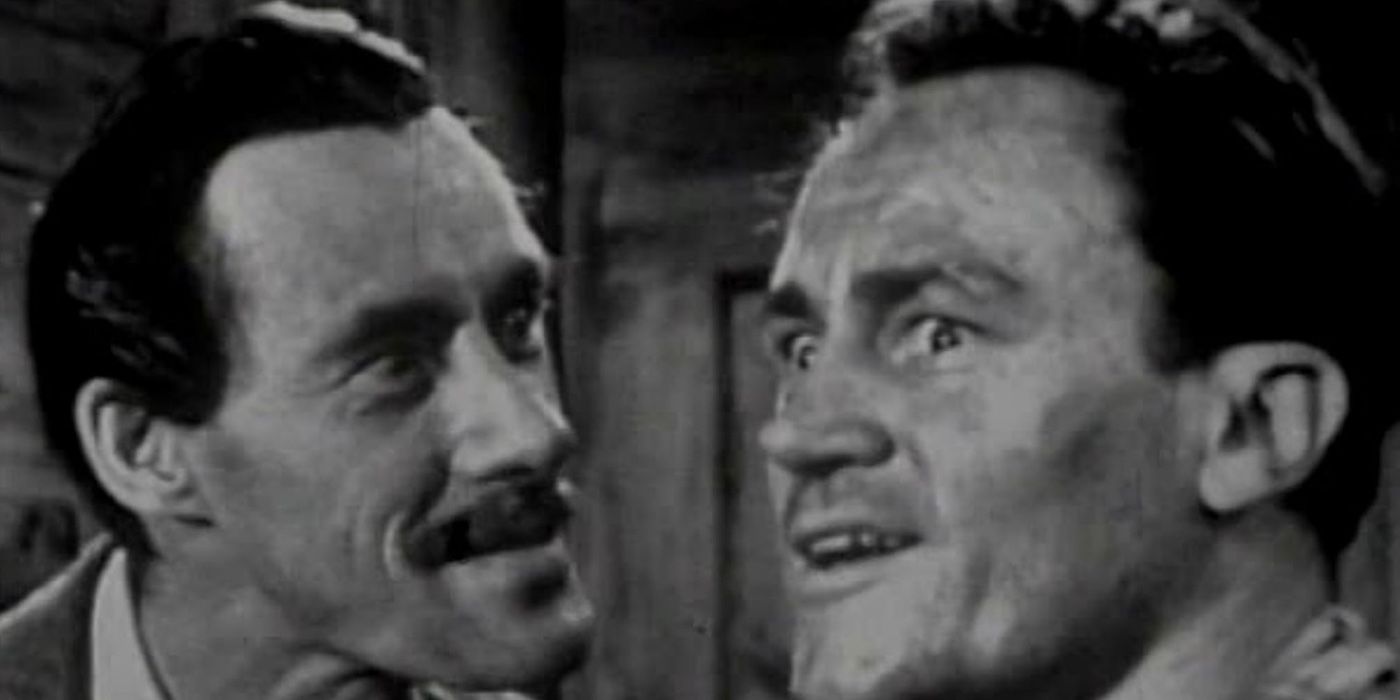
In competition with the newly debuted I Love Lucy, the ratings and performance of Lights Out began to decline in its final years on air. Still, Lights Out is a creative and effectively creepy anthology show that boasts engaging stories and refreshing visuals. The series is an adaptation of a radio series that began airing in 1934. Just as many of the best classic horror anthologies do, Lights Out has a chilling opening sequence that sets the show's frightening tone.
As a result of a low budget, the TV show had simple sound effects and minimal use of a score. Additionally, Lights Out implemented first-person filmmaking at times, and it's among the first TV programs to use a split-screen display. This technique allowed audiences to view the frightening action from multiple points of view, as seen in an instance where several people were speaking to one another over the phone.
4 Night Gallery (1970-1973)
Rod Serling Acted As The Host For The Macabre Series
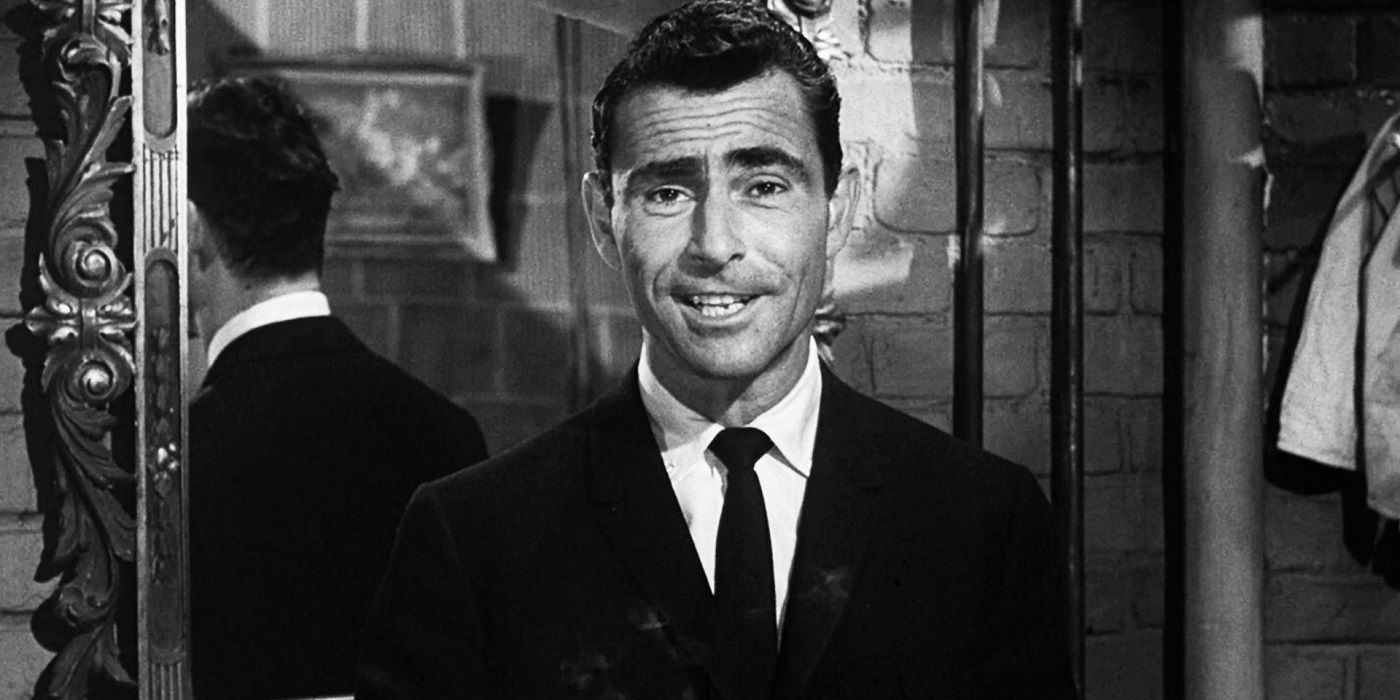
Years after The Twilight Zone's finale, Rod Serling hosted the anthology series Night Gallery. Each episode of the series began in an art gallery, where Serling would introduce audiences to a series of paintings that depicted the stories that were about to be told. As opposed to the sci-fi route other horror anthology series took, Night Gallery was more concerned with the supernatural. This distinction resulted in many of the series' tales being unsettling and eerie.
Just like in The Twilight Zone, Serling provided numerous ideas for Night Gallery's stories, though his creative input was considerably reduced for the latter. Serling was often vocal about his frustration with the direction the series was going. Serling preferred that the horror tales were infused with social commentary and were more than just monsters and fantasy stories. Still, Night Gallery was regularly kept fresh. Though Serling opposed the idea, the second season of Night Gallery featured shorter black comedy sketches in between the longer, reliably scary segments.
3 The Outer Limits (1963-1965)
A Comparably Influential Series As The Twilight Zone
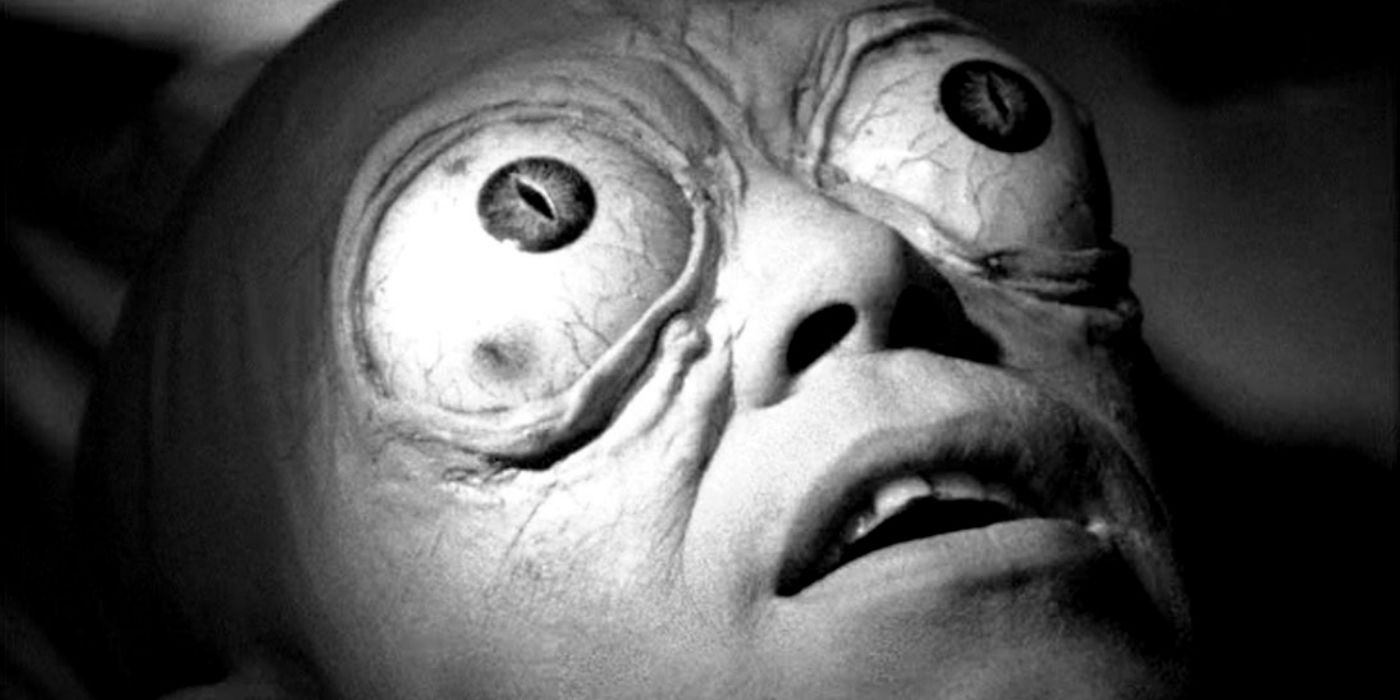
Unfairly viewed by some as simply a copy of The Twilight Zone, The Outer Limits proved to be influential in its own right. The Outer Limits contains the key components of a horror anthology series, which include a hair-raising tone-setting narration that began and capped off every episode and the inclusion of plot twists at the end of each episode. Differing from The Twilight Zone, The Outer Limits leaned more into sci-fi than horror with most of its stories.
Still, season 1 featured horror tales and monsters of the week that would cause fear in audiences. However, the horror elements of the series were eventually dropped, and the show as a whole was canceled midway through its second season. Still, The Outer Limits' philosophical approach to the sci-fi genre and its memorable opening narration led the series to earn a respected reputation over the years.
2 Tales Of The Unexpected (1979-1988)
Dark Tales Mainly Inspired By Roald Dahl's Work
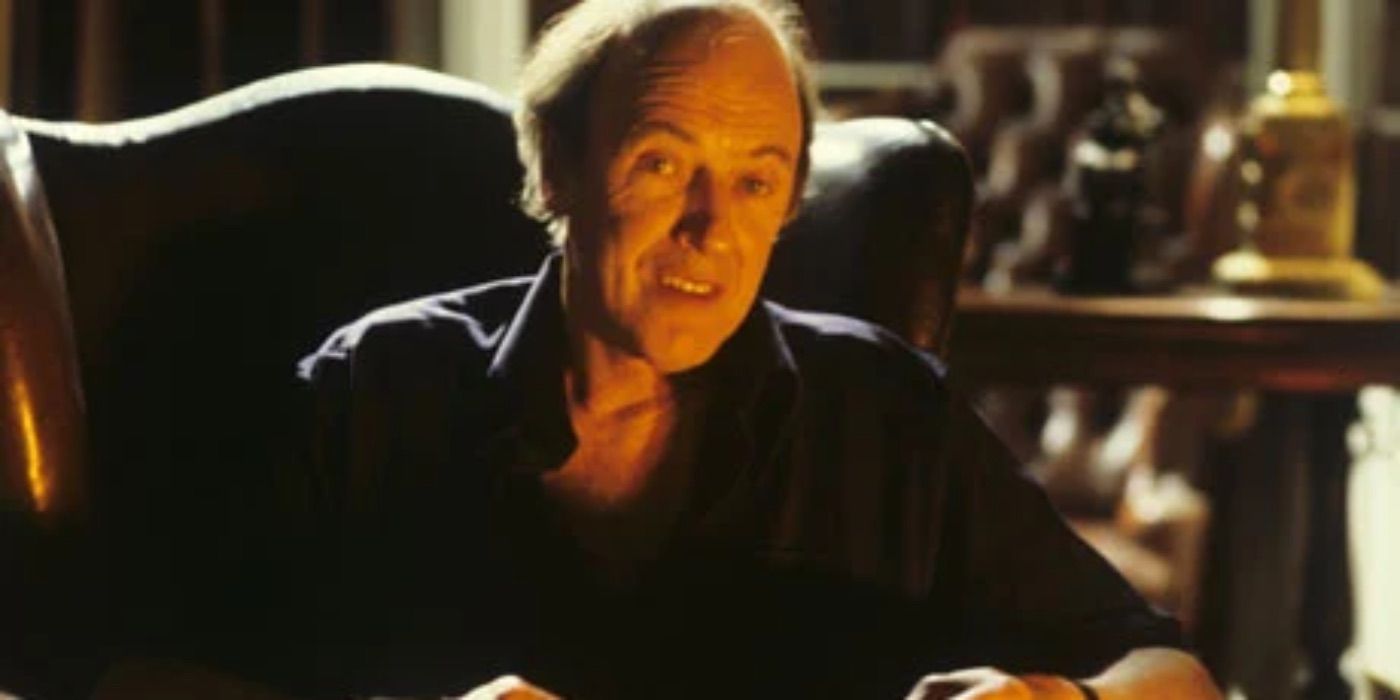
While the supernatural and sci-fi elements in Tales of the Unexpected aren't as strong as they are in other horror TV shows, the British series still prompted many scares. The scenarios that play out in each episode feel realistic, allowing audiences to easily imagine themselves in a similar circumstance. Several of the series' episodes are based on Roald Dahl's darker short stories. Dahl introduced the episodes based on his work by explaining what inspired him to write it.
The dark score composed by Ron Grainer and the frightening imagery throughout the show is enough to result in nightmares. The realistic setting, odd characters, and often open-ended conclusions are unsettling and carried on for Tales of the Unexpected's nearly decade-long run. Though the series had a relatively small budget, several notable actors made appearances throughout, including Joan Hackett, Peter Sallis, and Brad Dourif.
1 The Twilight Zone (1959-1964)
It's Among The Most Influential Sci-Fi Horror Series
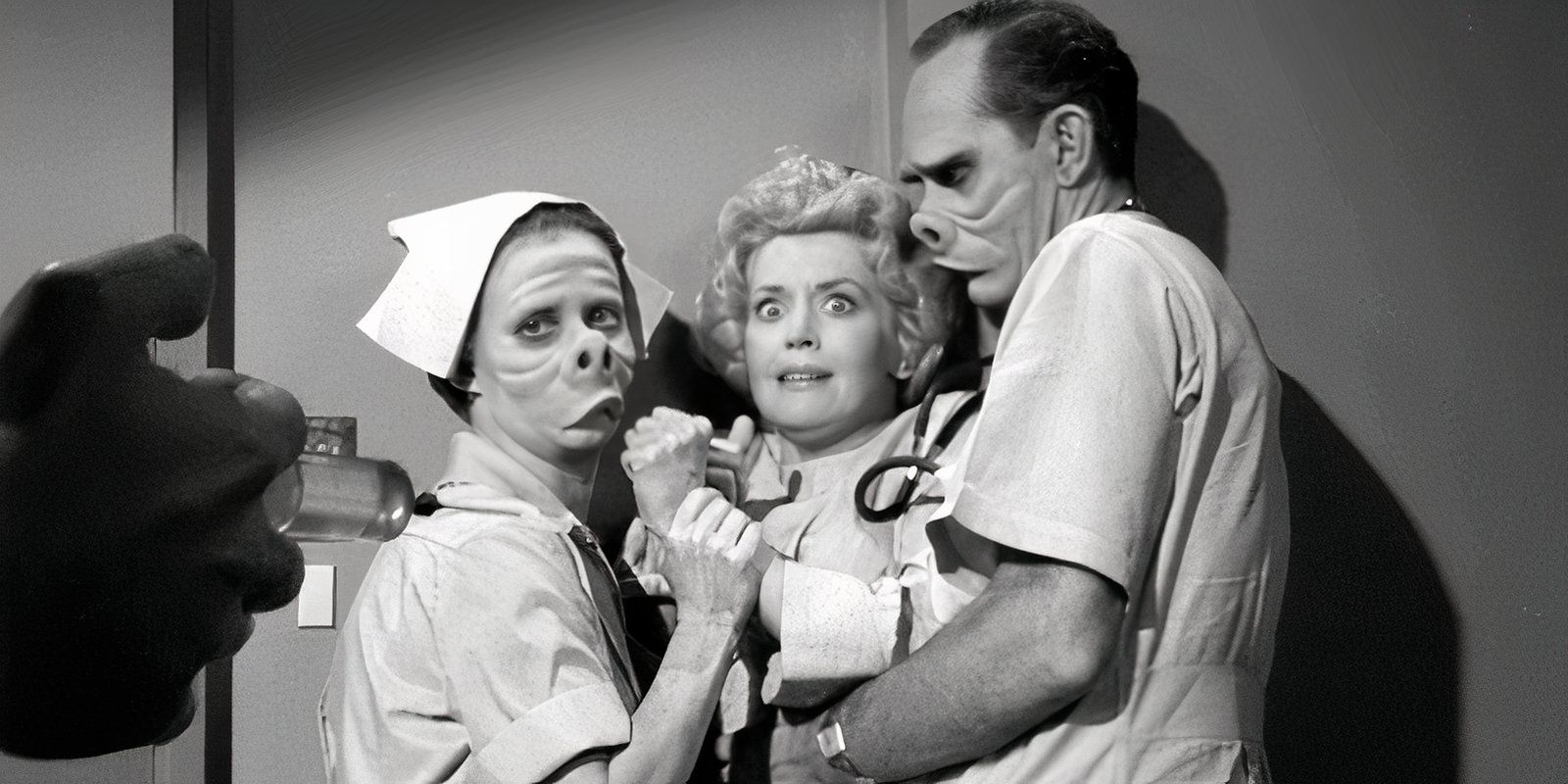
Easily the most influential anthology series listed and one that inspired many of the horror series that followed, The Twilight Zone blends stories of sci-fi, fantasy, and horror. Created, narrated, and hosted by Rod Serling, The Twilight Zone's episodes deliver standalone stories that see its characters enter the titular space where unusual events unfold. Regardless of what genre the episode's story would fall under, the overall strangeness of the show can be viewed as creepy.
Serling, who was also an executive producer on the show, wrote several of the series' episodes and was passionate about producing thought-provoking commentary within The Twilight Zone's peculiar and sometimes unsettling stories. Serling felt the settings provided by the sci-fi and fantasy genres allowed him more freedom to express beliefs that were deemed controversial. The best episodes of The Twilight Zone pull off Serling's vision for the show in a way that is appreciated by the general public, solidifying the series as a timeless classic.

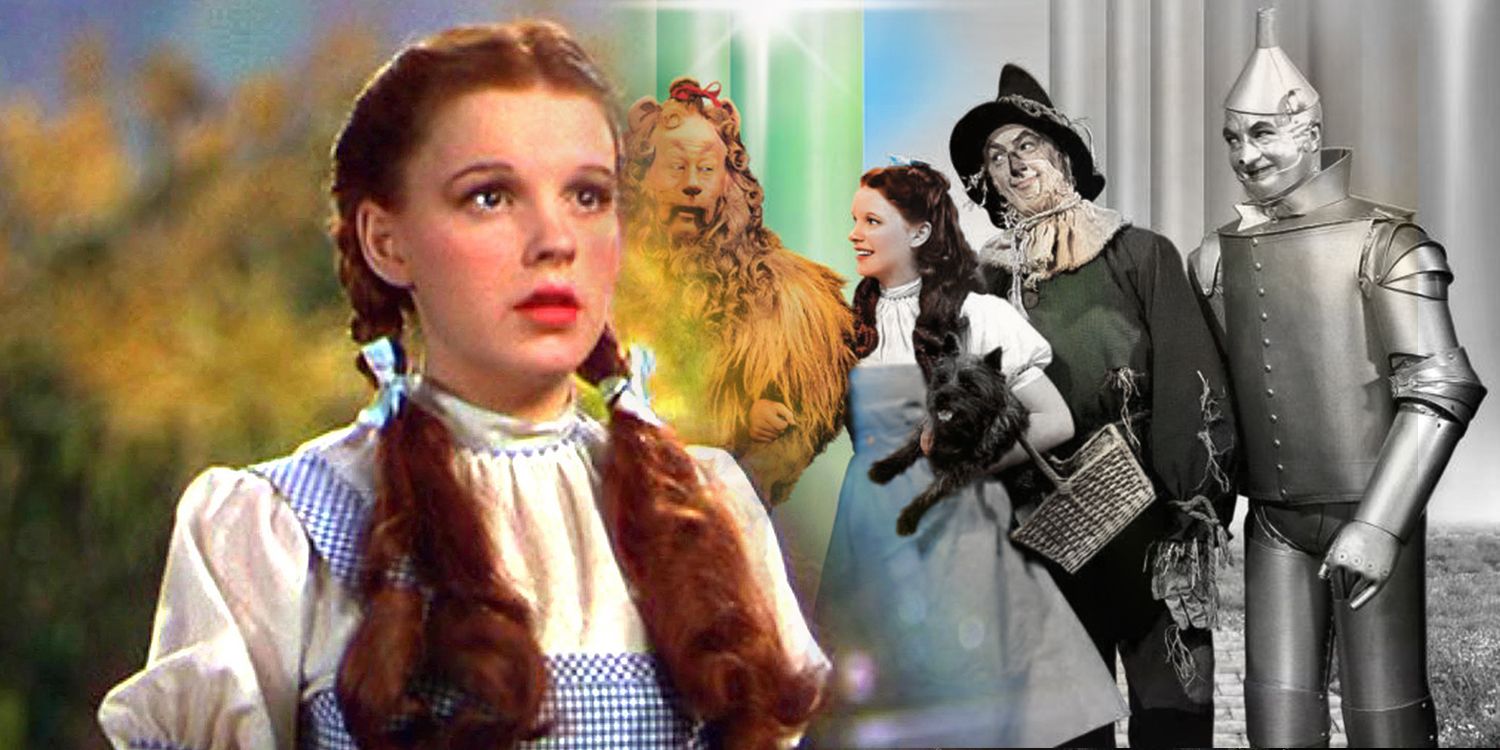
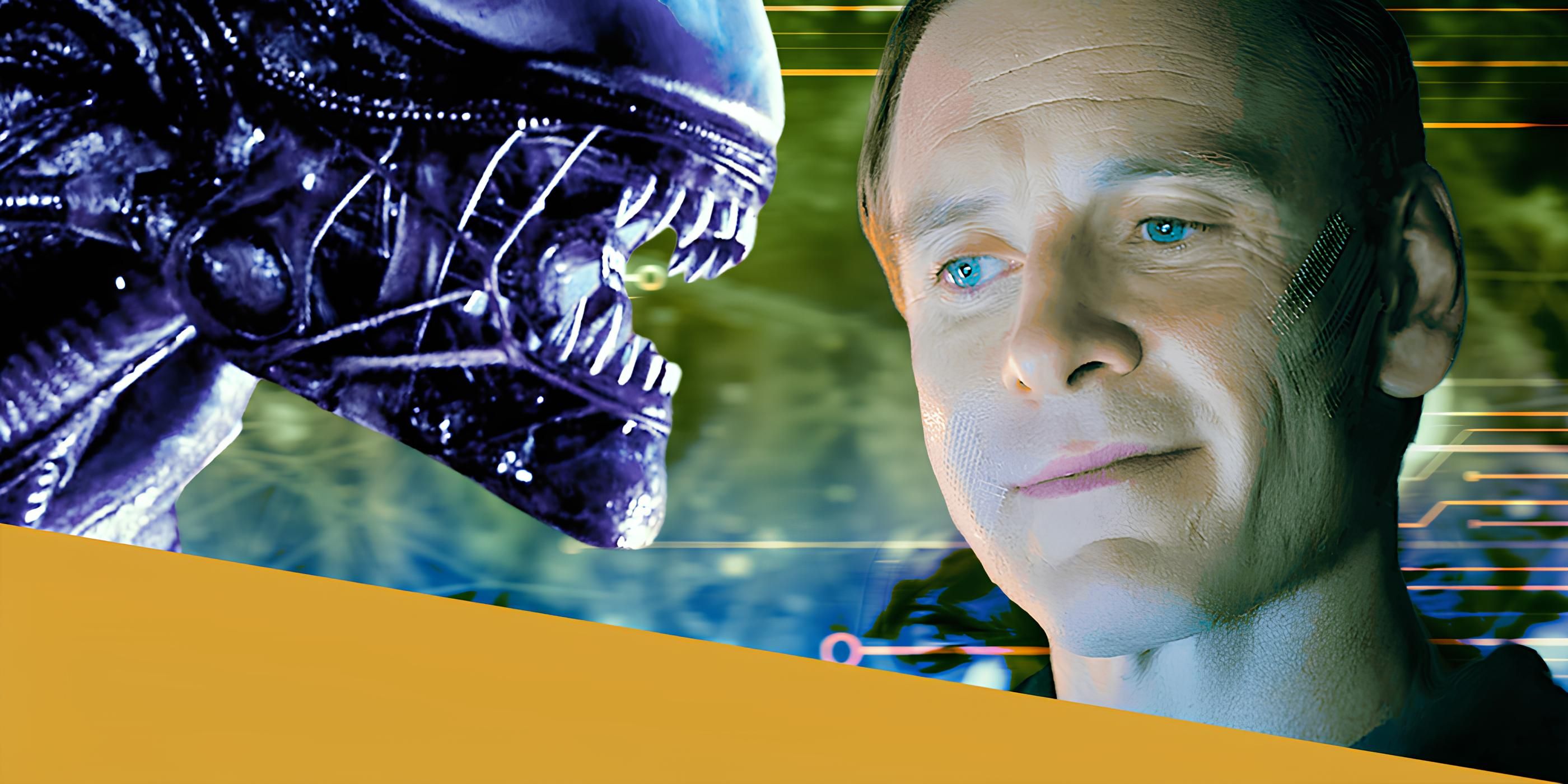
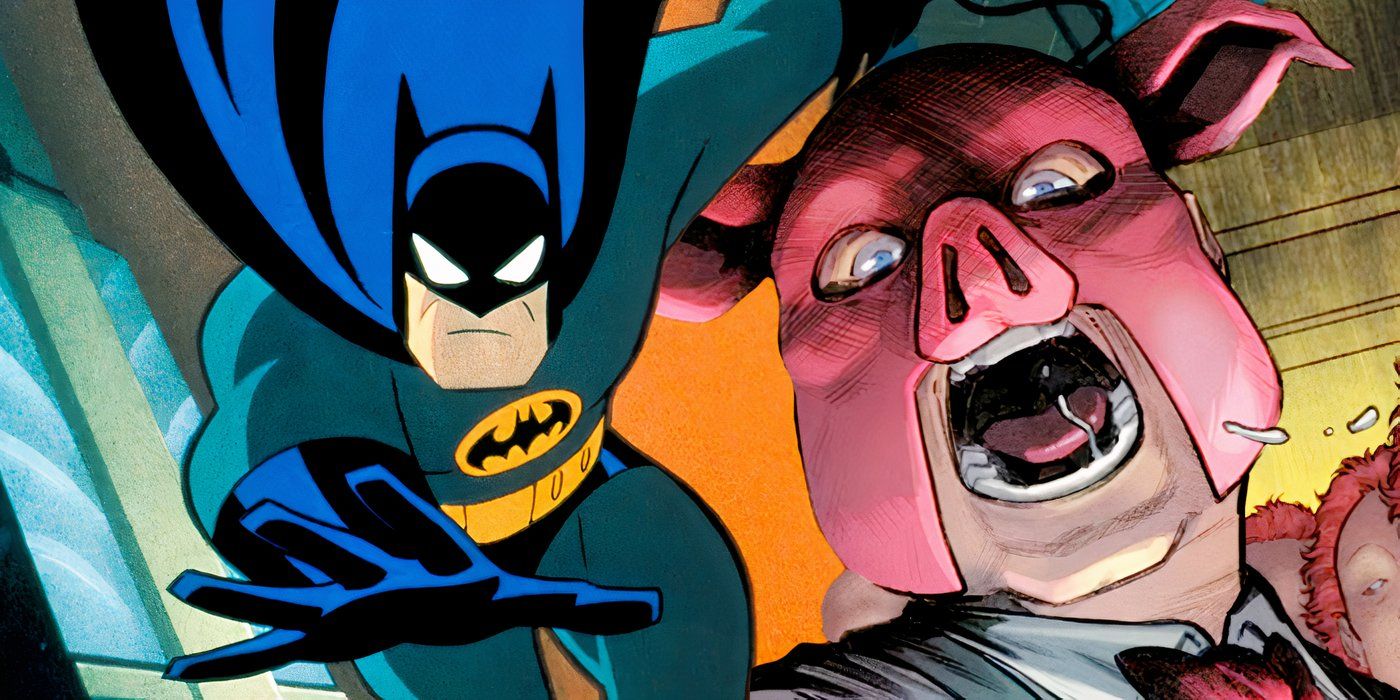





 English (US) ·
English (US) ·